-
Mapping Bacterial Neighborhoods in the Gut
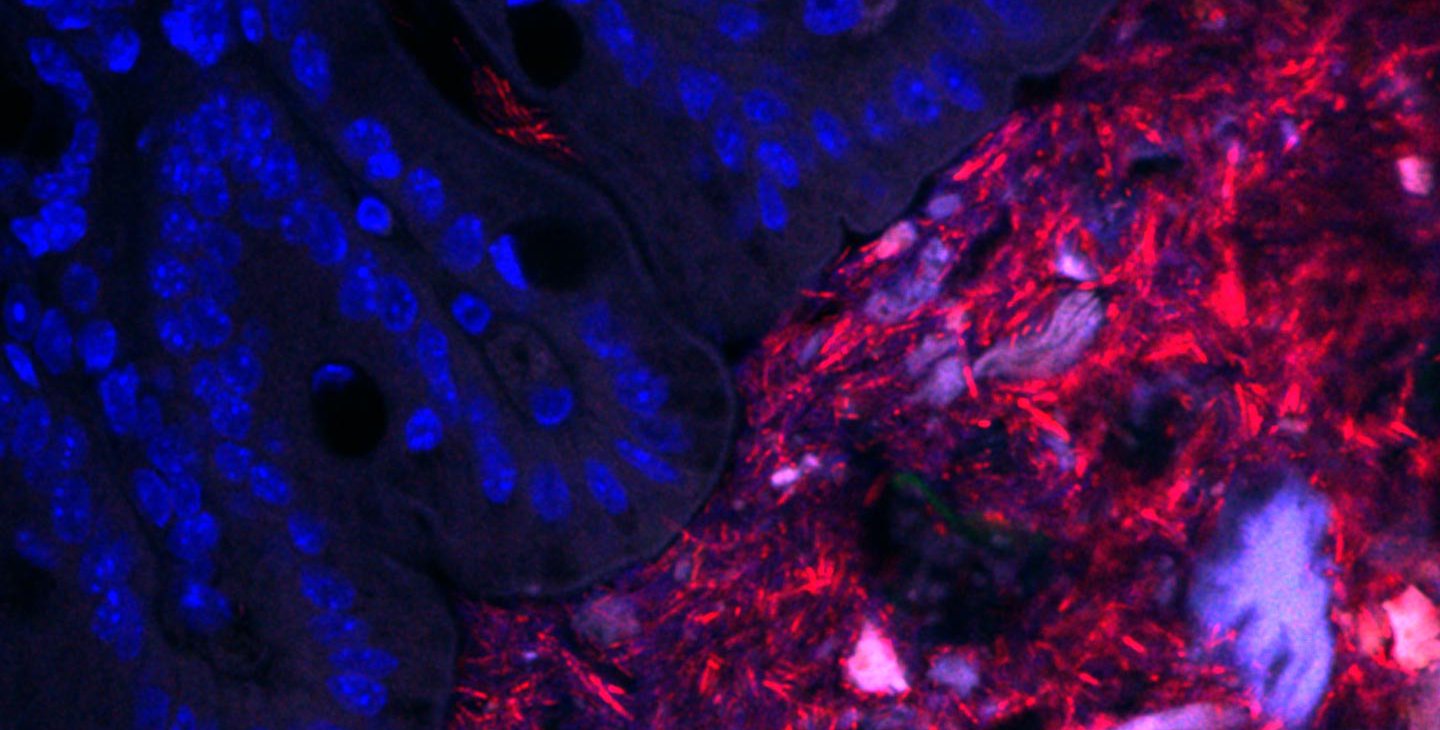
The microscopic populations of bacteria in our intestines are, in some ways, just like us: They live in communities, eat, work, reproduce, and eventually die. Some live in harmony with our bodies but others don’t, putting us at increased risk for a variety of diseases. Now, Caltech researchers in the laboratory of Sarkis Mazmanian, Luis B. […]
-
Biomarker for Parkinson’s Disease May Originate in the Gut
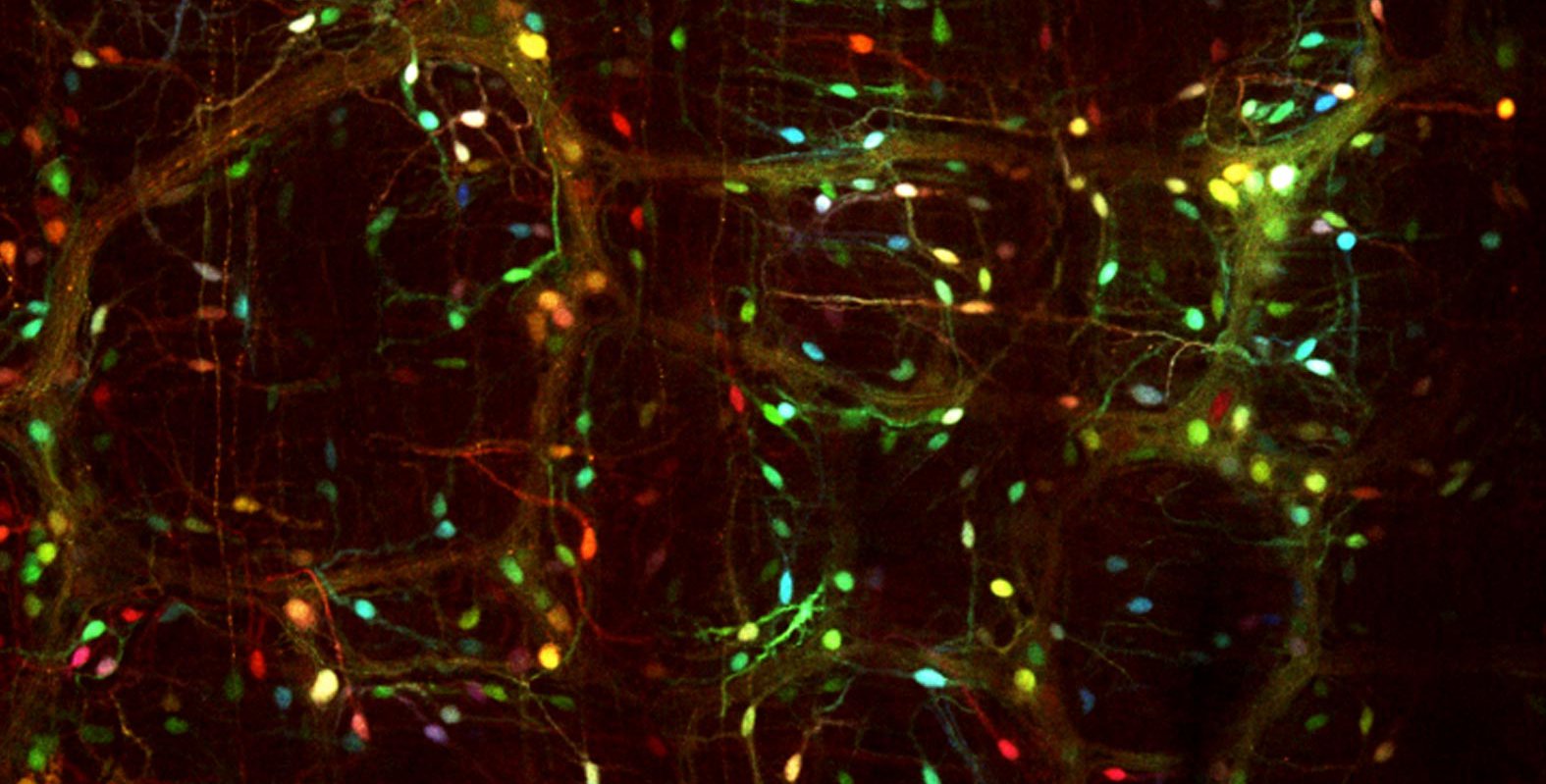
Researchers in the lab of Viviana Gradinaru, professor of neuroscience and biological engineering, Heritage Medical Research Institute Investigator and director of the Center for Molecular and Cellular Neuroscience at the Tianqiao and Chrissy Chen Institute for Neuroscience at Caltech, may have discovered a link between neurons in the gut and Parkinson’s Disease, a debilitating neurodegenerative disorder, impairing […]
-
Protein Signposts Guide Formation of Neural Connections
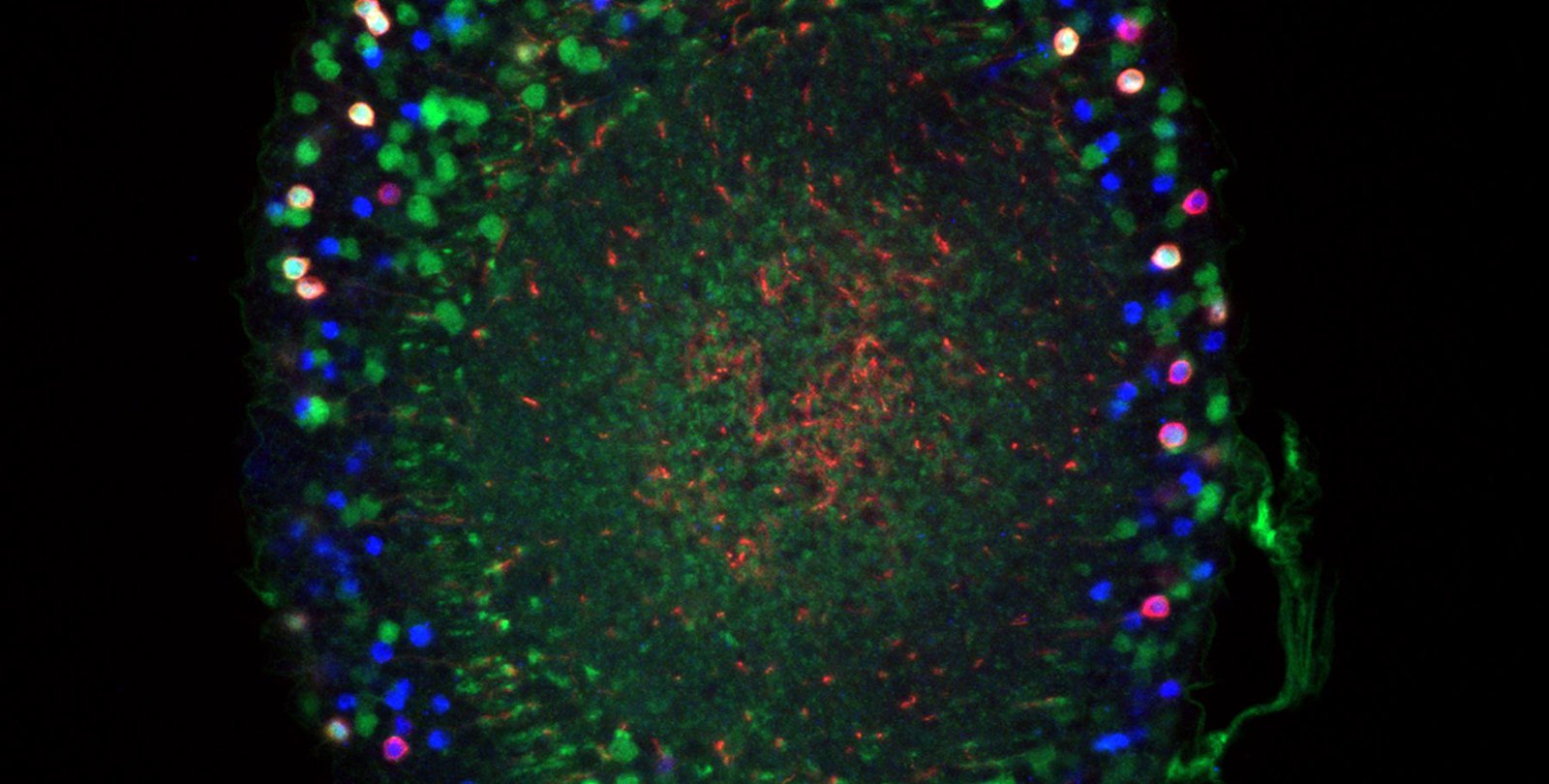
A major goal of neuroscience is understanding how all of the brain’s neurons know how to connect to each other to achieve optimum function. Scientists often study the fruit fly Drosophila melanogaster because their brains are “hardwired” (meaning nearly identical). Now, Caltech researchers have determined how part of the fly’s visual system forms, an important piece in […]
-
How Interacting with Females Increases Aggression in Male Fruit Flies
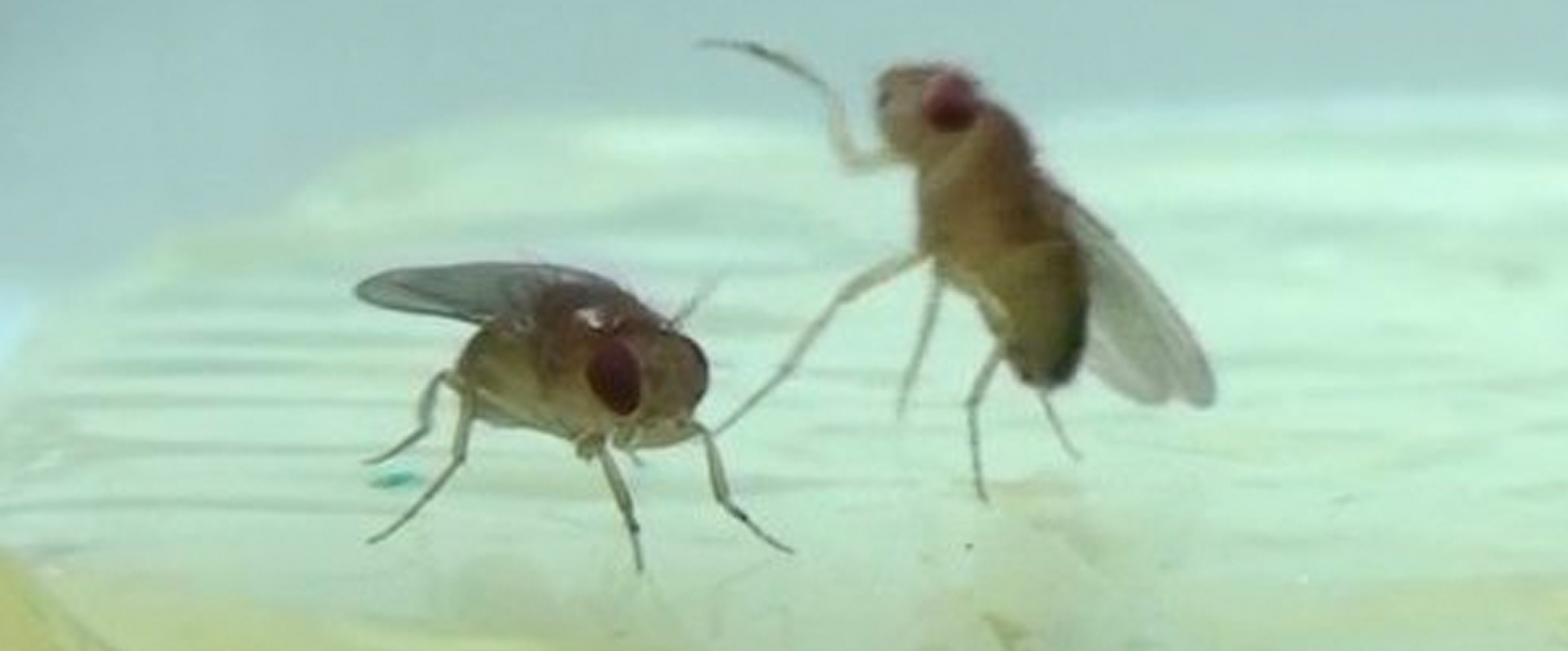
Caltech researchers have made progress toward understanding the neurological basis of the heightened aggression that male Drosophila show toward one another after recent encounters with females. Their research shows that your brain takes recent experiences into account when coordinating your responses to external stimuli. The study was conducted in the laboratory of David Anderson, Seymour Benzer Professor of […]
-
Visualizing DNA Labels in Cells and Tissues
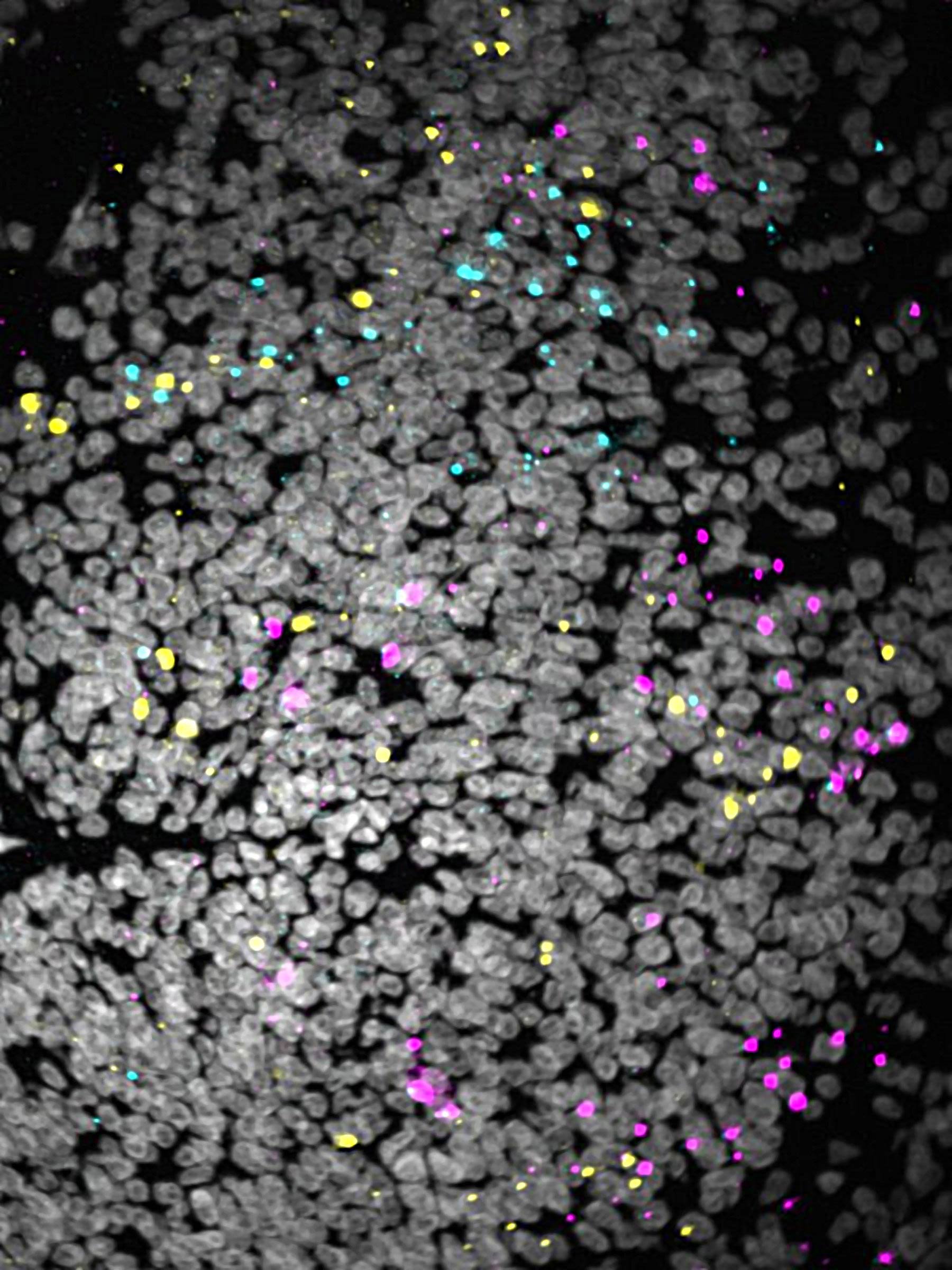
Caltech researchers have developed an innovative way to understand how individual cells communicate with each other and grow over time. Previous techniques have used DNA sequencing to detect DNA barcodes – a process which involves breaking down tissue samples so the DNA from individual cells can be extracted and sequenced. The new technique uses […]
-
Scientists Identify a Genetic Basis for Healthy Sleep

Work done in the Caltech lab of David Prober, professor of biology and TCCI®-affiliated faculty member has identified a genetic pathway that is necessary and sufficient for proper sleep in zebrafish and appears to also regulate sleep in humans. This pathway regulates levels of a particular neural compound that could one day be a […]
-
Scientists Use a Haunted House to Study Fear

Researchers at Caltech are getting into the Halloween Spirit! Colin Camerer, the Robert Kirby Professor of Behavioral Economics and director of the T&C Chen Center for Social and Decision Neuroscience and his colleague Dean Mobbs, an assistant professor of cognitive neuroscience and Chen Scholar at Caltech are teaming up with a seasonal haunted house near Los Angeles […]
-
Mending Broken Hearts with Neural Crest Cells

Zebrafish—striped fish a few centimeters long—have the ability to regrow up to 20 percent of their hearts after sustaining major damage. Research published in the journal eLife, done in the lab of Marianne Bronner, Albert Billings Ruddock Professor of Biology, director of the Beckman Institute and affiliated faculty member of the Tianqiao and Chrissy Chen […]
-
Caltech Researcher Discovers that Male and Female Mouse Brains have Different Neurons
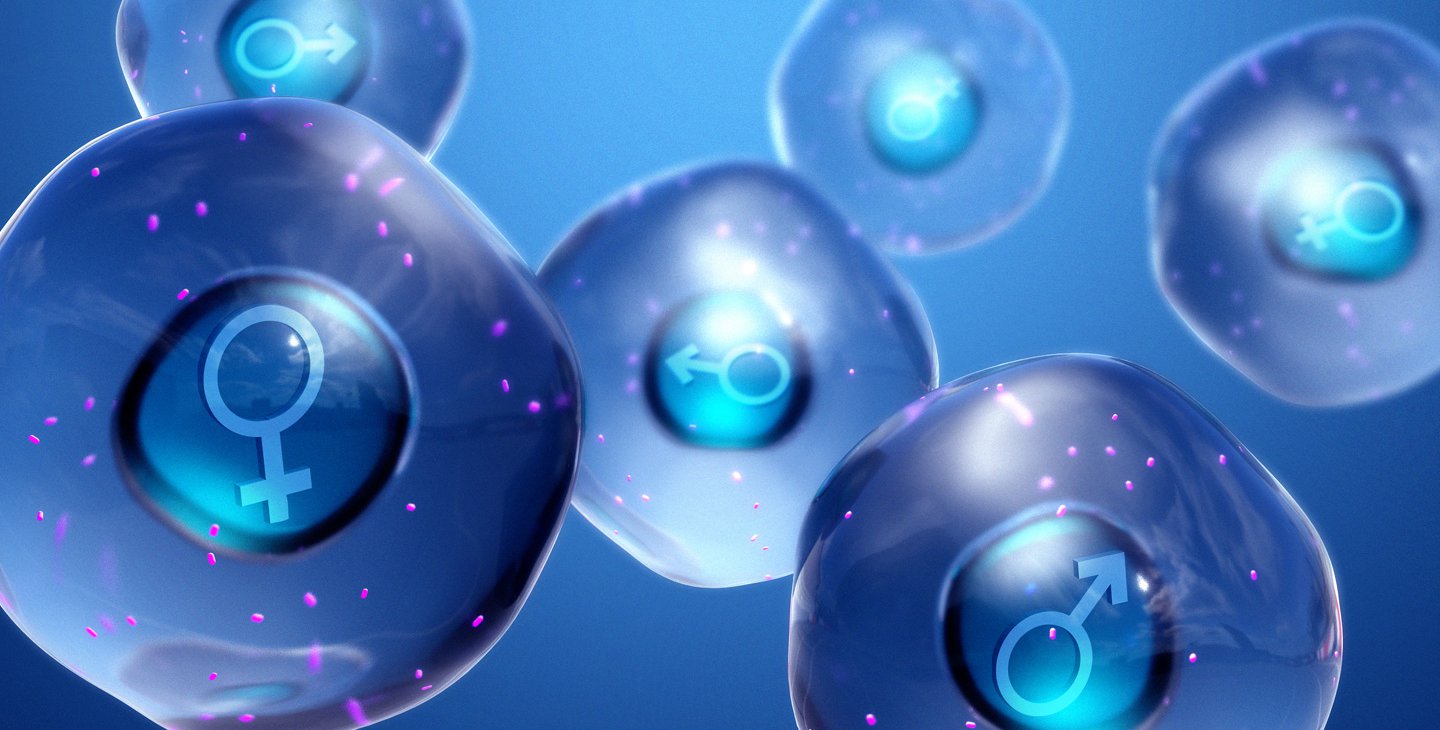
New research done in collaboration between David Anderson, PhD, Seymour Benzer Professor of Biology, Howard Hughes Medical Institute investigator and director of the Tianqiao and Chrissy Chen Institute for Neuroscience and a team at the Allen Institute for Brain Science recently discovered rare brain cell types that are unique to male mice and other types that […]
-
Researchers Make it Possible for Ultrasound to Reveal Gene Expression
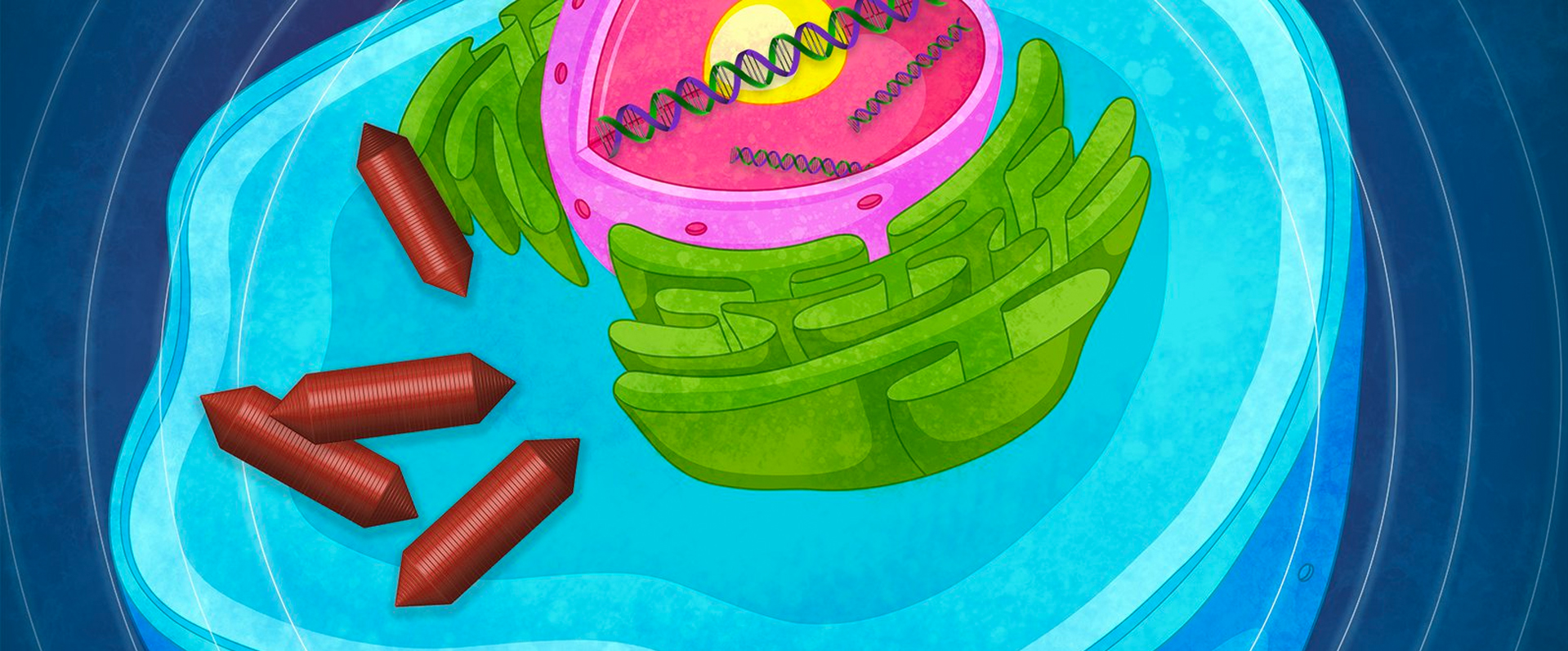
Caltech Professor Mikhail Shapiro has overcome one of the main limitations to using “reporter genes,” markers that help researchers get a sense for what cells are doing. Because light does not penetrate well through most living tissue, the commonly used green fluorescent protein cannot be used for monitoring the activity of cells deep inside an […]